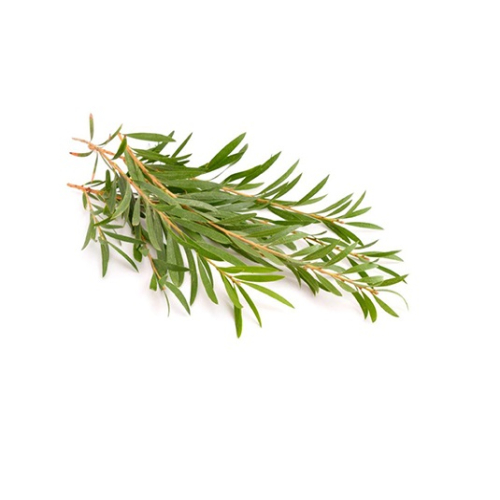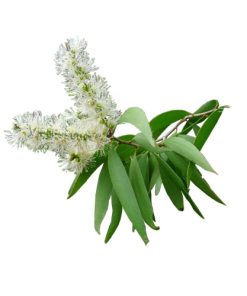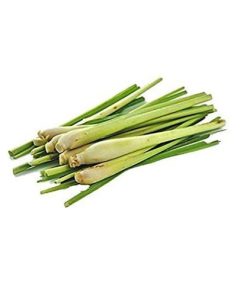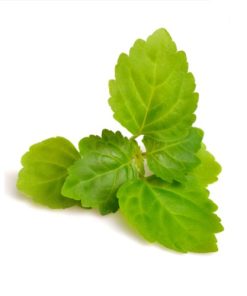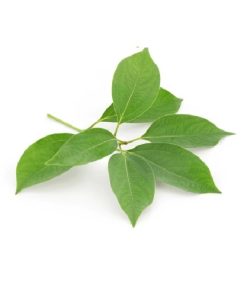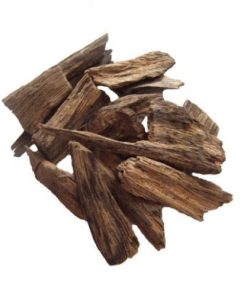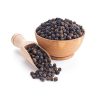TEA TREE OIL
Specifications:
Botanical Name: Melaleuca alternifolia
Country of Origin: Australia
Extraction Method: Steam Distillation
Plant Part use: Fresh leaves
100% Pure & Natural
Appearance: Only Liquid
Color: Pale yellow to amber yellow color
Odour: Fresh, medicinal scent
Relative Density @ 20 C: 0.860 – 0.920
Refractive Index @ 20 C: 1.475 – 1.490
Optical Rotation +3.5 to +12.0
Main components: gamma-terpineol 10-28%, terpen-4-ol 30-48%


